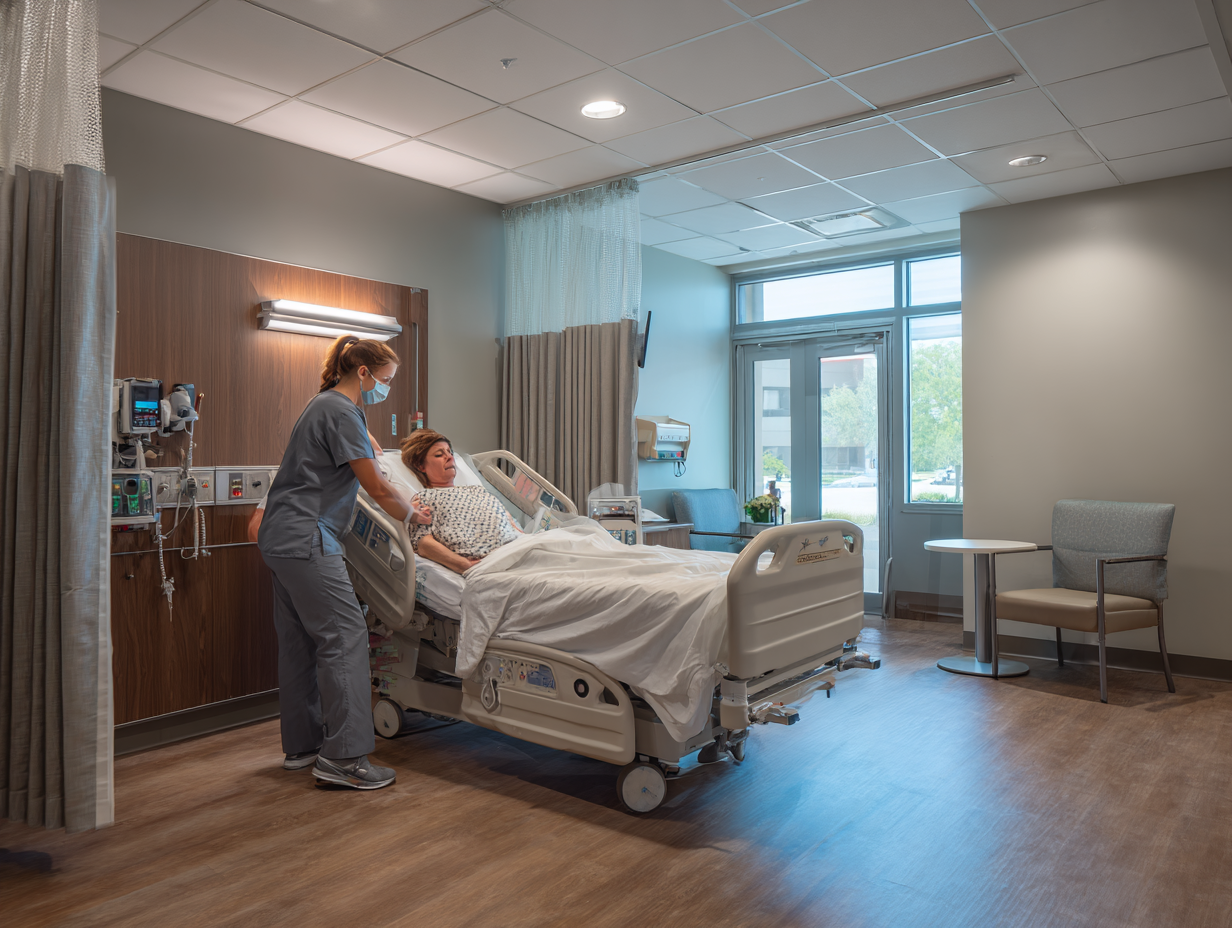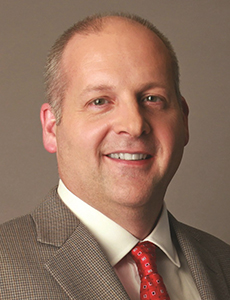When Cheaper Isn’t Cheaper: How Workers’ Comp Outcomes Drive Savings
If you have been following the series of articles I have written about our upcoming panel, you are aware that our panelists are going to be shifting the focus from lowering the cost of inputs to realizing greater savings by optimizing outcomes.
Our October 17 session at the National Comp conference in Las Vegas is aptly entitled “The Real Cost of Cutting Corners: A Deeper Dive Into Service Value.” What we are going to present is both common sense and a little revolutionary. We devised a compassionate plan for optimizing patients only to discover that better outcomes also optimize an employer’s bottom line.
Focusing on mindset, activity, nutrition and rest in a 16-week patient education and engagement program is at the heart of optimizing patients. The first question that invariably follows that description is “What’s it gonna cost me?” My usual response is “Ask me how much it is gonna save you.”
That’s a surprising answer, because any new service has a cost — but that cost also has an outcome. As it turns out, it’s a very significant outcome that has now been verified by several long-term data intensive studies. Interestingly, none of those studies were done by the optimized team. The men and women who have studied refocusing on outcomes to determine if savings can be obtained by better service will be joining us on our panel.
It’s a rare opportunity to innovate a plan that results in doing well by doing good. The doing good is providing peer-to-peer patient education and patient engagement to keep the injured worker on their recovery track. The doing well part is getting injured workers back to work in much shorter time frames, resulting in significant savings.
In a previous article, I noted that a beta test with OccMD in Texas resulted in improved return-to-work times. That certainly would have been enough to justify the cost. But incidentally, Dr. Melissa Tonn noted that none of the injured workers who were in the beta test initiated a lawsuit. Granted, the test was only 25 workers, but that fact startled OccMD — and us. The takeaway there is that workers who felt that their employer was going above and beyond to support them in their recovery had little (or no) reason to sue their employer.
Scott Roloff from Integer Health published a white paper on how enhanced care (utilizing doctors who had consistently better outcomes, not necessarily lower fees) resulted in millions of dollars of savings against the control group that did not receive enhanced care. He will be joining us to share data both on his Ohio study and a confirming study that was conducted in Fort Worth.
Dr. Justin Saliman of OutcomeMD will talk about the importance of identifying doctors who consistently achieve superior outcomes, both as a benefit for the injured worker and as a cost-saving measure focused on improving traditional recovery rates.
Focusing on outcomes, even with small additional costs up front, is poised to improve the overall injured worker experience both for employee and employer.
It is a management cliché that says “If you do what you’ve always done, you will get what you’ve always got.” We are fortunate to bring all of these next-level thought leaders together for this panel. I think you will agree, cheaper isn’t always cheaper. &










